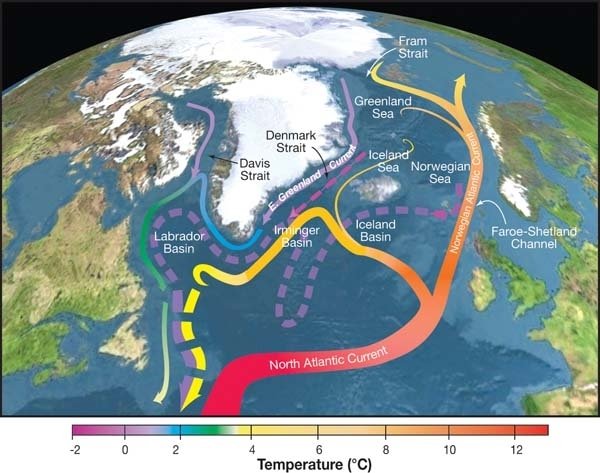Urban farmers markets epitomize an environmentally-conscious lifestyle—home-grown vegetables, paper bags, the occasional beetle in your organic raspberries. Surely nothing could be better for the climate than buying food grown literally just around the corner? But conventional agriculture is now immensely efficient, and operates at a scale that makes pea-patch spuds look like very small potatoes. So we’re faced with a dilemma: Are farmers markets as good for the climate as they undoubtedly are for the community?
• • •
The Efficiency of Factory Farms
1. The pea-patch price. There are many reasons to love your local community garden—a splash of color, pollinators, even health—but its hefty crop of carbon unfortunately may not be one of them, according to researchers from the University of Michigan. They looked at 73 urban agriculture sites in France, Germany, Poland, the UK and the US and found the community pea-patches had a carbon footprint about 10 times higher than conventional agriculture, per serving of food. Individual gardens and urban farms weren’t quite as bad, but overall urban agriculture generated six times as much carbon as traditional farms. One big contributor was community composting. While great at cutting waste, small-scale composting pumps out methane (a powerful greenhouse gas) if not managed well.
2. Miles and packaging are minor carbon sources. It’s counter-intuitive, but buying a plastic bag of salad grown the next state over could be a lower-carbon choice than plucking a few leaves from your own garden. Packaging accounts for around just 5% of the carbon footprint of most foodstuffs, and distribution perhaps another 10%. Those emissions are dwarfed by the infrastructure needed to set up urban gardens, such as metal raised beds and garden sheds. Because small plots produce such a tiny quantity of food, it would take an average of 80 years’ of diligent back-yard gardening to “pay back” initial carbon costs, the Michigan researchers found. And most pea-patches will never get there.
3. Go GMO for the planet? Big Ag is all about efficiency, which can sometimes (but not always) mean getting more output from less input. Some genetically modified crops enable low- and no-tillage agriculture that may (or may not) preserve megatons of carbon in farm soils. On top of that potential benefit, researchers at The Breakthrough Institute estimate that increased yields from GMO crops could cut European agricultural emissions by around 7.5 percent by avoiding additional CO2 emissions from land-use change.
• • •
Farmers Markets Still Have an Important Carbon Niche
Read the full post at Anthropocene.





